Gateway to Metropolis: New York's Pennsylvania Stations
February 2–April 1, 2000
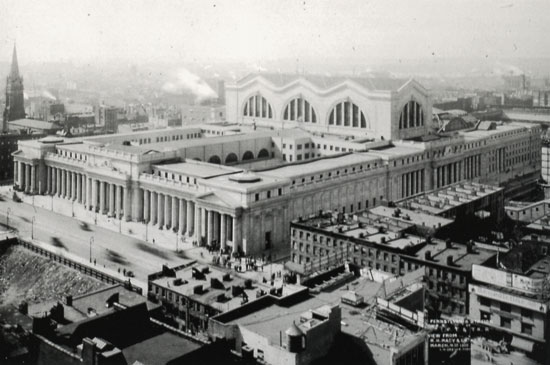
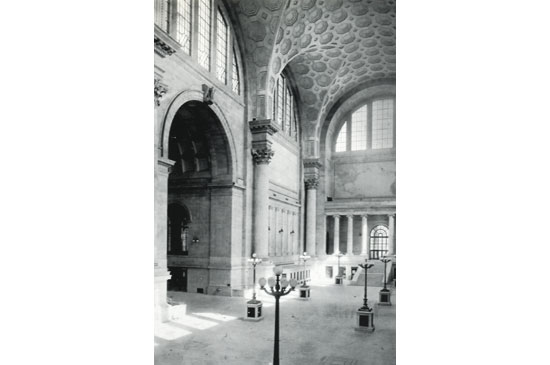
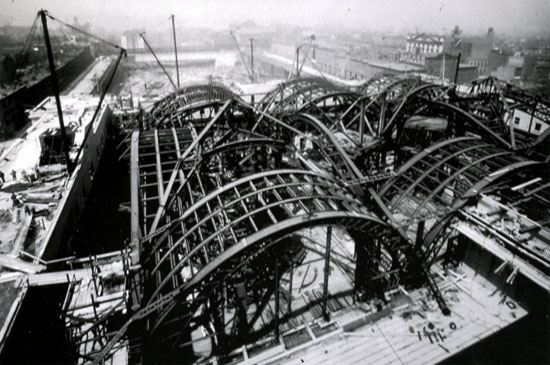
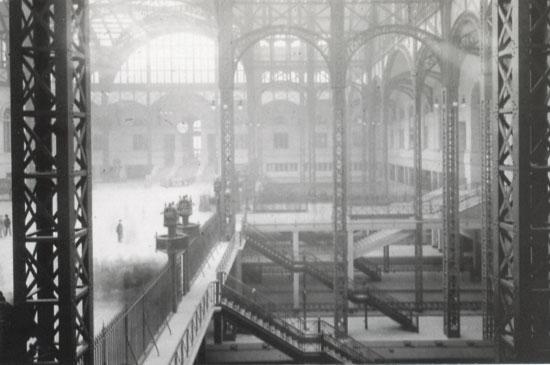
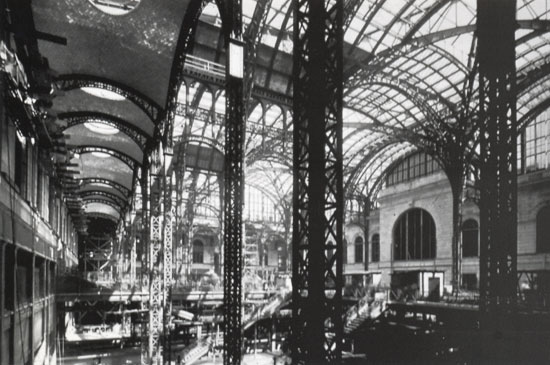
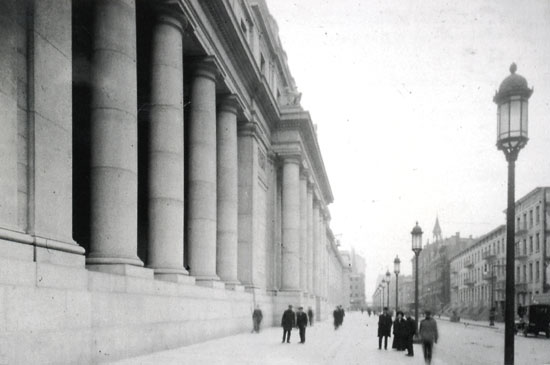
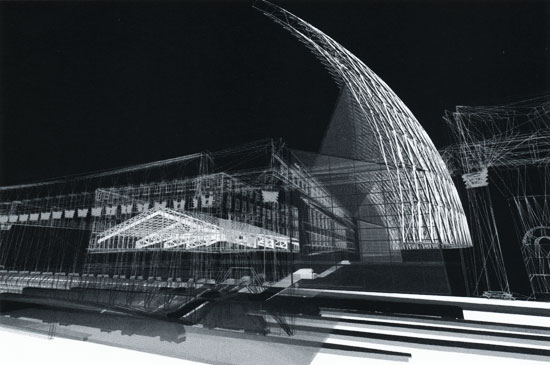
Pennsylvania Station is currently the nation's most heavily trafficked transportation center. Its role as a monumental gateway to New York City, both at the beginning of the 20th century and as projected in the 21st, is the focus of an exhibition to go on view February 2, 2000, at Columbia University's Wallach Art Gallery. Entitled Gateway to Metropolis: New York's Pennsylvania Stations, the exhibition will present to the public the first comprehensive look at the heralded design for a new train station by Skidmore, Owings and Merrill, and will offer a critical reflection on this plan and the original building designed by McKim, Mead and White. More than 120 drawings, models, photographs, documents, and architectural fragments have been assembled for public view by the exhibition's curator, Hilary Ballon, an architectural historian and associate professor of art history at Columbia University.
When Penn Station opened in 1910, it redefined the idea of the train station. It was the first in the United States built for the age of smoke-free, electric trains, and it was New York's grandest building, even larger than St. Peter's Basilica in Rome. The architect Charles Follen McKim (who was also responsible for the design of Columbia’s Morningside Heights campus) was aware of the function and urban symbolism of the train station, and conceived he building as a "monumental gateway and entrance to one of the great Metropolitan cities of the world."
The facility was thoroughly modern while at the same time drawing upon the grandeur and massive scale of landmarks of ancient Rome, in particular the Baths of Caracalla. The exhibition contains a section on the original station: its transformation of the Tenderloin district, its monumental design, and its modern conveniences. Included are more than 35 vintage drawings, plans, photographs, and letters documenting the site, the construction, and beauty of McKim's buliding. Architectural fragments from the original station both demonstrate its massive scale and serve as poignant reminders of what was lost.
The demolition of this magnificent landmark in the 1960s-an event that sparked the preservation movement-is also documented in the exhibition. Photographs by Norman McGrath, among others, record the dramatic event, and a 30-minute film, Our Vanishing Legacy, shot just before demolition began, offers a vivid image of the impending loss and makes a broad and powerful case for historic preservation.
Finally, the exhibition presents to the public the first comprehensive view of the future Pennsylvania Station. Architectural models will be displayed along with conceptual sketches and presentation drawings of the upcoming reconstruction, which is headed by David M. Childs, design partner at Skidmore, Owings and Merrill.
This major public project represents not only an elegant contribution to urban revitalization, but, according to The New York Times, it "is the most important transportation project undertaken in New York City in several generations." When completed in 2003, the new Pennsylvanian Station will serve more passengers a year than the three regional airports combined. It will provide a hub for major transportation systems, including Amtrak, the New Jersey Transit System, the Long Island Rail Road, New York City's subway system and new rail links to Kennedy and Newark International Airports.
As in the original Penn Station, the reconstruction will combine innovation with a return to monumental grandeur. Fittingly, the new station will be incorporated into another McKim, Mead and White building, the General Post Office, directly across from its present location on Eighth Avenue. Its glass-and-steel trussed roof will soar above the main entrance and ticketing hall, located between the two sections of the Post Office.


